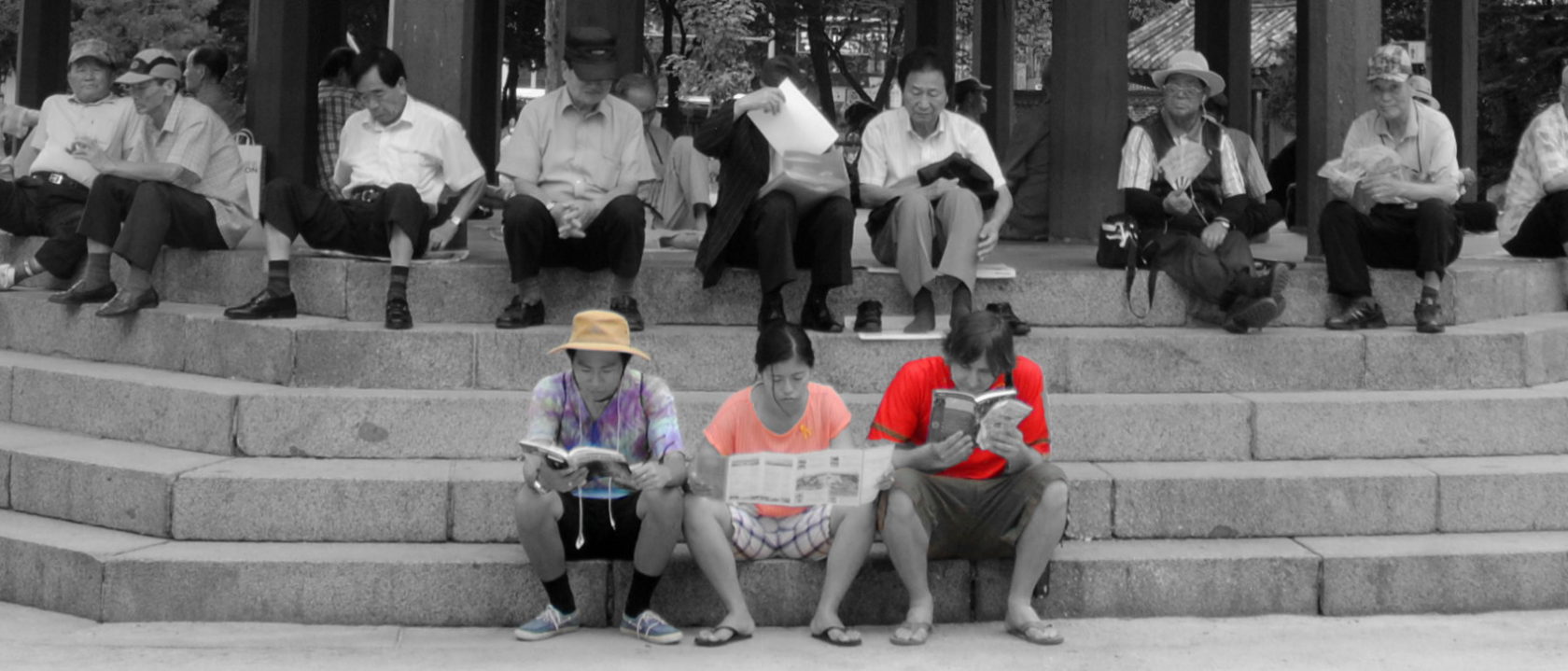Kruger National Park is one of the most accessible and diverse safari parks in Africa. Less than a 5 hour drive from Johannesburg it can be visited without a guide. From about 8 AM to 6 PM you can self-drive through the park without a 4 wheel drive looking for elephants, rhinos, lions, hyenas, wild dogs, leopards, and cheetahs. You can also pay for guided safaris in larger jeeps. The morning tour leaves around 4 AM (depending on the season), the afternoon tour around 4 PM (depending on the season), and the night tour around 8 PM (depending on the season). The night tour is entirely in the dark using large spotlights. The morning tour is about half in the dark with spotlights and half after the sunrise. Both of these tours give an opportunity to see some animals rarely seen during daylight hours. The afternoon tour is the most popular and provides the best chance to see a lot of animals. Tours can be booked at any of the major camps such as: Skukuza, Lower Sabie, and Crocodile Gate.
We spent 2 days and 2 nights in the park. The night before we slept outside the park at a small hotel in the town of Graskop. We ate delicious waffles at Harrie’s Pancakes. Then we visited God’s Window. Since we got a bit of a slow start we weren’t able to drive up the Blyde River Canyon, but I highly recommend it.
As recommended at our hotel we entered Kruger National Park at the Phabeni gate rather than the busier and further away Paul Kruger gate. After paying the fee at the gate we received a map. Using the map we navigated our way to a nearby lake. We saw dozens of hippopotamuses surfacing in the lake surrounded by hundreds of gazelle, cautiously approaching the lake to drink. We enjoyed sitting at the lake from our car watching the general swaying and movement of the animals. The hippopotamus would occasionally open their jaws and swipe at each other. The gazelles would take off en mass at extremely high speeds in a hybrid jump-trot-sprint that was fascinating and impossible to look away from.
After returning to the main road we were soon approached by a large elephant walking in our direction on the opposite side of the road. We turned the engine of the car off and watched as it moseyed by, within 10 feet of where we sat. The gigantic brute acted as if we didn’t even matter, even if we were mesmerized by it.

A few hundred feet further down the road we came to a ditch, in which a large grey blob sat, half in the mud, half in a small puddle. The rhino, with a gigantic horn lay almost motionless, moving only to swat away the flies. Still today rhinos are poached for their large horns. In the heat of the summer day, the rhino was much smarter than we were, but boring for us to watch so we moved on.
We quickly grew tired of counting the hundreds and hundreds of gazelle.
